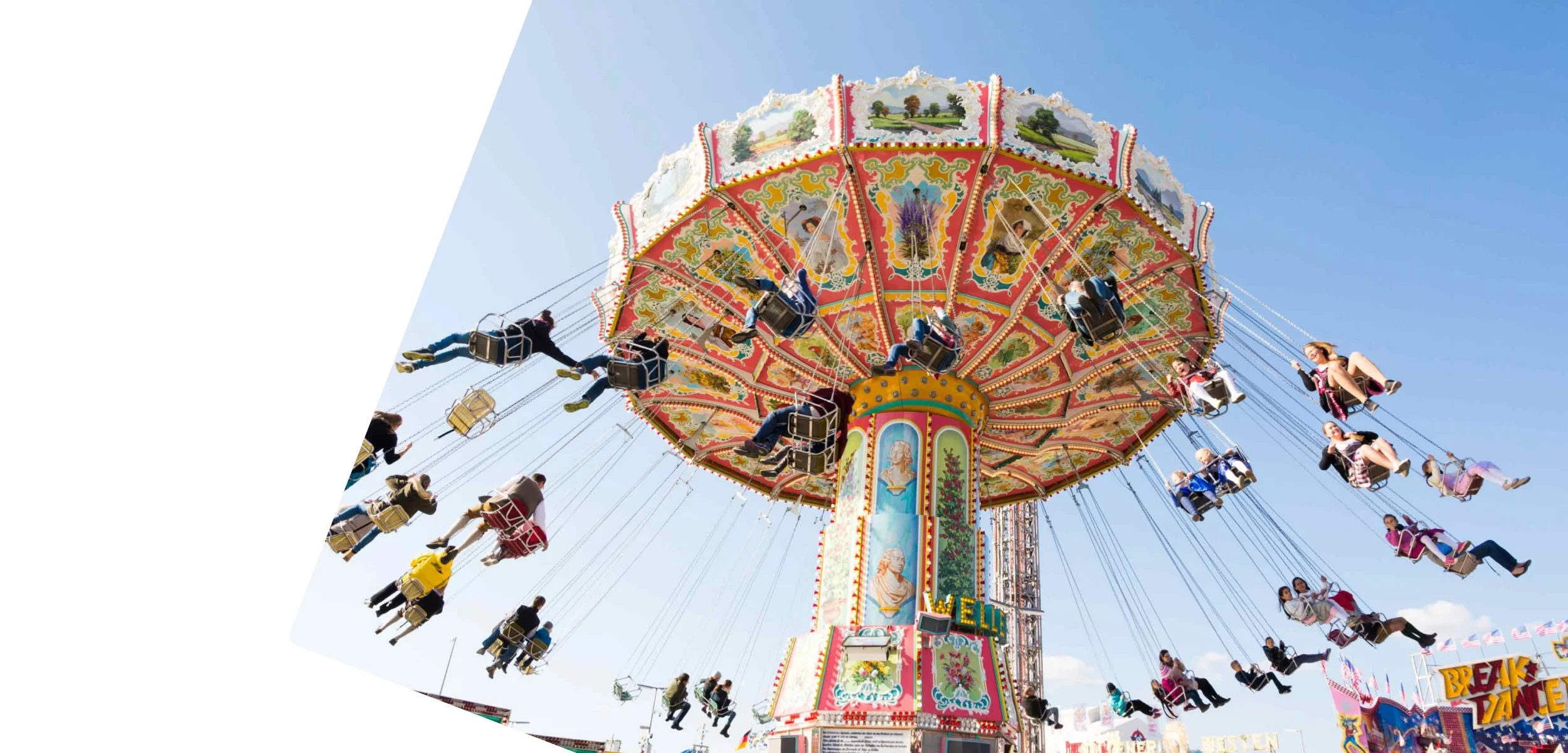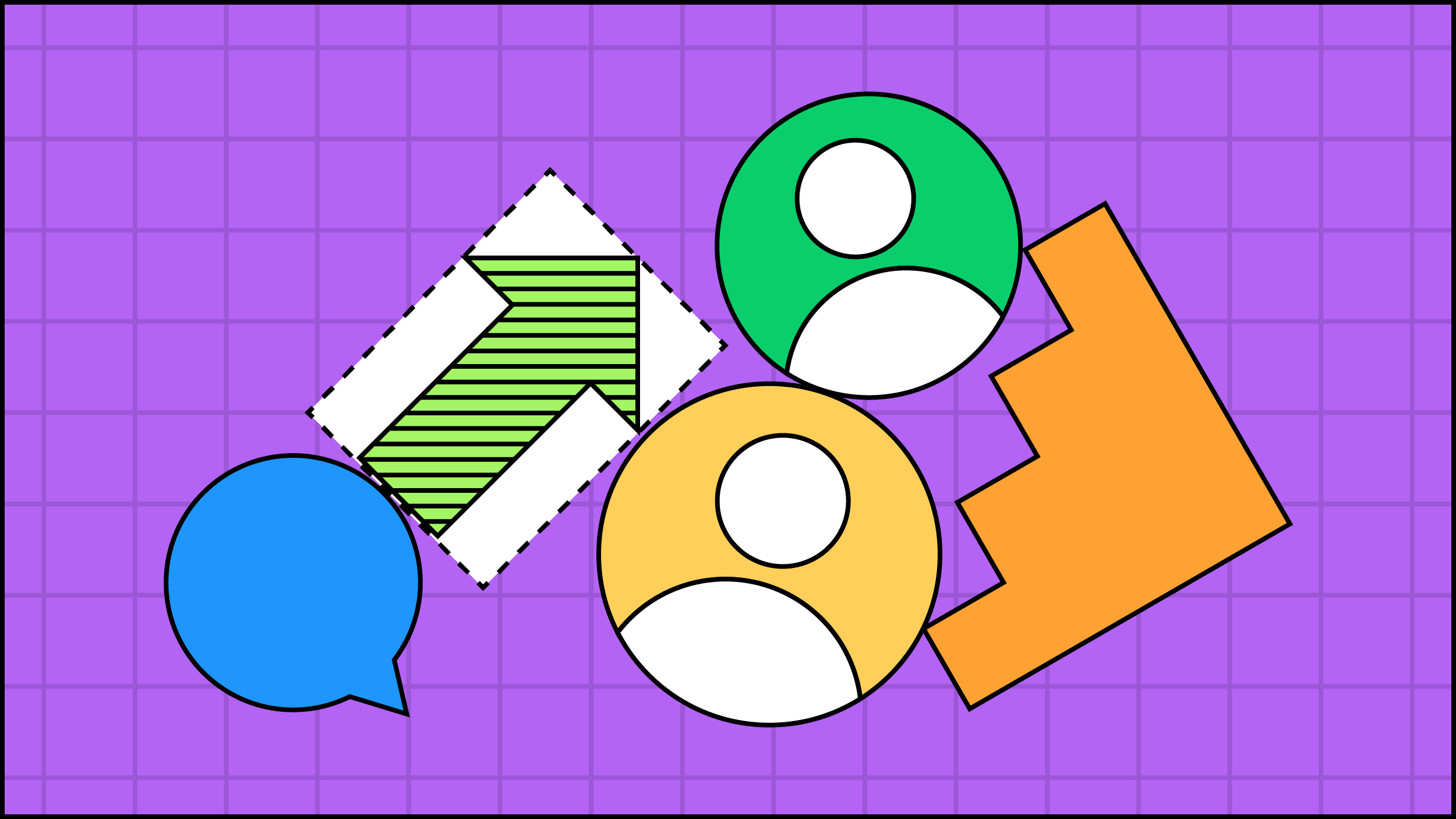
ANWB
Eropuit app
This is a case study showing how I increased user satisfaction by optimising the performance of new and existing features in the app.
Overview
The Eropuit app team is one of the 3 mobile app teams inside ANWB, and consisted of a UX designer (me!), a product owner, 2 iOS and Android developers and a Scrum Master. The SCRUM team followed an Agile development approach.
My Role
I led efforts to implement a user-centred design approach and identify customer pain-points, aligning business goals with users’ needs to evolve the product.
Duration
This project took place between May 2021 and September 2023.
My responsibilities
Customer Insights & Ideation
I implemented a user-centred design approach, creating surveys for research and gathering user feedback from customer reviews.
Planning & Scope Definition
I collaborated with the product owner to organise and prioritise the backlog based on user stories. That helped the team focus on the customer goals when developing feature improvements.
Definition of success
I set the definition of success of the features and created measurement plans to validate how customers perceived the improvements.
Experience Strategy & Vision
I partnered with project managers and business analysts to uncover insights and translate concepts into features that address customer behaviours and motivations.
Iterating
I gathered analytics data and did search-log analysis to identify usability issues and drive decisions.
Design Execution & Validation
I designed wireframes and mockups to present the improvements to the team, and translated them into tangible and feasible designs, taking developers, stakeholders, and product managers along in the design process.
The challenge
The business goal was to increase user satisfaction for users of the hiking and cycling routes and planner by addressing the main complaints coming in through the ANWB Member Service Center.
Research to identify user problems
When I started working at ANWB in May 2021, I immediately looked into the main user complaints that were coming in through the Member Service Center to understand user needs and motivations, and identify the biggest pain points. I listed the most recurring complaints and aligned with the product owner to set priorities, which resulted in the following points:
“The bike nodes in the route screen were too small and difficult to read.”
“I wish it was possible to revert the direction of the route.”
“The map area is too small, it would be nice to use the full screen to show the map like in other apps.”
“It difficult to see what the upcoming bike node was in a glance while cycling.”
“I don’t understand why it’s not possible to remove the last selected node and clear the route in the planner.”
“It is difficult to find what you are looking at in the app. Why not have a search option?”
UX. How should it work?
I did competitor analysis and mapped best practices, which resulted in wireframes and mockups that I could use to present the solution to product managers and the development team, gather feedback on the feasibility of the solutions and understand technical limitations and the impact of each option for implementation.
Listening to users
Based on the feedback received and competitor analysis, I identified and addressed the main pain points on the route screen and planner.
“Knooppunten waar je naartoe rijdt zou je groot op je scherm moeten tonen, ipv hele route. Handig voor als je telefoon op je stuurt zit. Nu zijn de knooppunten niet goed zichtbaar.”
“The bike nodes in the route screen were too small and difficult to read.”
“It difficult to see what the upcoming bike node was in a glance while cycling.”
“Het zou mogelijk moeten zijn om je keuze van een knooppunt te wijzigen als je die al gemaakt hebt, of de route die je op dat moment maakt te wissen en opnieuw te beginnen. Het is erg irritant dat je niets kunt corrigeren.”
“Stel een zoekfunctie in de App. Nu kun je bv niet naar route industrieel erfgoed of Enschede zoeken.”
“I wish it was possible to revert the direction of the route.”
“I don’t understand why it’s not possible to remove the last selected node and clear the route in the planner.”
“It is difficult to find what you are looking at in the app. Why not have a search option?”
Validations and outcome
Two weeks after the go-live date, there were no new complaints regarding the pain points in the route screens, and we received 3 positive reviews in the App Store and Google play store confirming that the new layout fulfilled the needs of that user group.
One month after the release of the new search functionality, we looked into the analytics data to identify what were the most recurring search terms that gave no results, and how we could redirect users to other ANWB touchpoint where they could find relevant information for what they were looking for.
The data showed that the two most used search terms that gave no results were ‘route planner’ and ‘tank stations’. Based on these data, we started redirecting users inside the app to the route planner, and those looking for tank stations were redirected to the ANWB Onderweg app, where they could find this information.
Improvements based on analytics data after feature release.
The redesign of the route screens, and the implementation of the search functionality proved to be successful. Having listened to the end users and giving them what they needed, we managed to not only satisfy their wants, but also deliver enough value to the business. That was reflected in the reduced complaints in the ANWB Member Service Center and in the positive reviews.
In the next two years I worked on this project, we continued listening to users and iterating on further improvements of the findability and relevance of content in the app. We introduced new features, such as saving content as favourite, and offering personalised content based on user interests.
Other case studies
ANWB My Account
How I increased product density through cross & upselling by leading the redesign of the My Account environment across the 3 main ANWB apps.
Client: ANWB
Methods: Task analysis, Lo-Fi and Hi-Fi wireframes, prototyping and user testing, visual design.
LeasePlan Partner Portal
How I led the UX design for a B2B2C portal, enabling brokers, dealers and franchisees to onboard new customers, configure vehicles and sell lease contracts to SME customers in 30+ countries.
Client: LeasePlan Digital
Methods: User interviews, card sorting analysis, wireframes and mockups, page flows, prototyping, usability testing, design sprint.
FedEx
Recipient Experience
How I improved the recipient experience for 2,2 million engaged users in the US market and other 41 countries by leading the UX design for the iOS and Android apps.
Client: FedEx
Methods: Heuristic evaluation, stakeholder interviews, prototyping and usability testing, visual design.
ANWB Design System
How I ensured design consistency through all ANWB apps by translating the new ANWB brand guidelines to mobile and creating a unified Design System based on Figma tokens.
Client: ANWB
Methods: Design System, rebranding strategy.
TNT Design Language
How I led the TNT Design System team, shaping and evolving the TNT design language across all platforms, and helping create a consistent user experience across all touch points.
Client: TNT
Methods: Design System, responsive design, atomic design, workshops.









